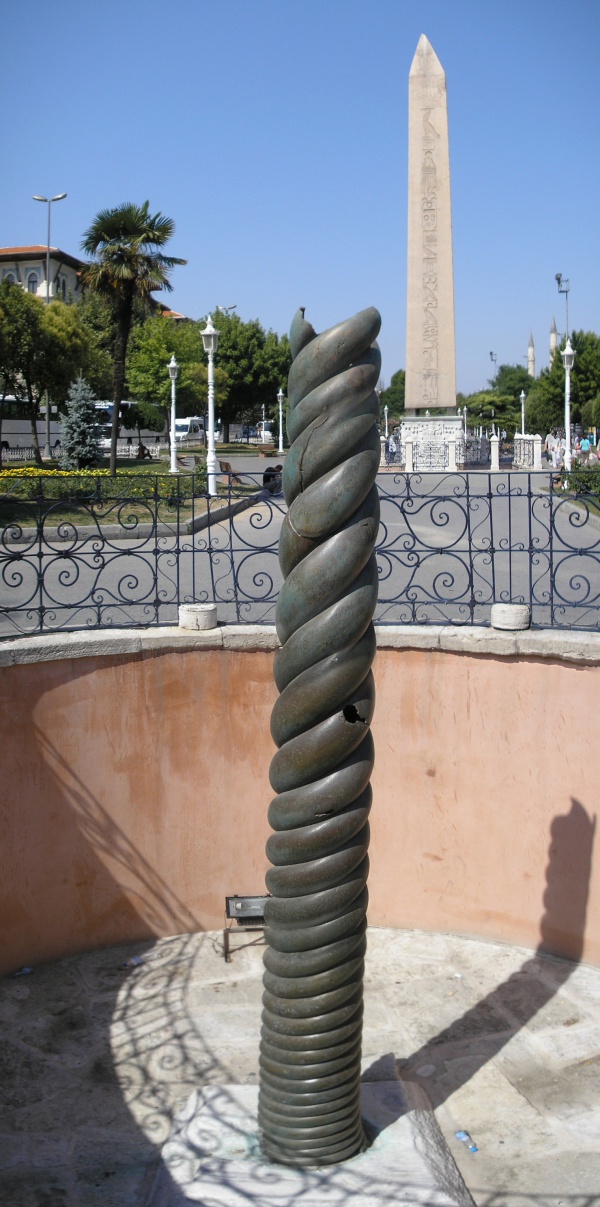Facts About Serpent Column
The Serpent Column, also known by various names such as the Serpentine Column, Plataean Tripod, or Delphi Tripod, is an ancient bronze structure that stands prominently at the Hippodrome of Constantinople in Istanbul, Turkey. Originally, this column was part of a Greek sacrificial tripod in Delphi before being relocated to its current site by Constantine the Great in 324 AD to commemorate the Greek victory over the Persian Empire at the Battle of Plataea.
This column is not merely a piece of metal; it is imbued with history and has been cited by numerous ancient authors, including Herodotus, Thucydides, and Diodorus Siculus. Dedicated to Apollo at Delphi in 478 BC following the Greek triumph over the Persians, the Battle of Plataea was a pivotal moment that ended Persian invasions into mainland Greece and paved the way for the ascendance of Athenian power and democracy.
Edward Gibbon, in his seminal work "The History of the Decline and Fall of the Roman Empire" also discusses the Serpent Column's relocation to Constantinople. Over the centuries, this monument has undergone numerous transformations. At one point, it was even converted into a fountain. Unfortunately, it lost its serpent heads over time, with the last one detaching in 1700. Today, one of those serpent heads is housed in the Istanbul Archaeology Museum.
For those unable to visit Istanbul, a bronze cast replica of the Serpent Column is displayed at the Archaeological Site of Delphi. This column is not merely an artifact; it is a symbol of the Greek triumph at Plataea and holds a prominent place in ancient Greek history and culture.

 Bulgaria
Bulgaria